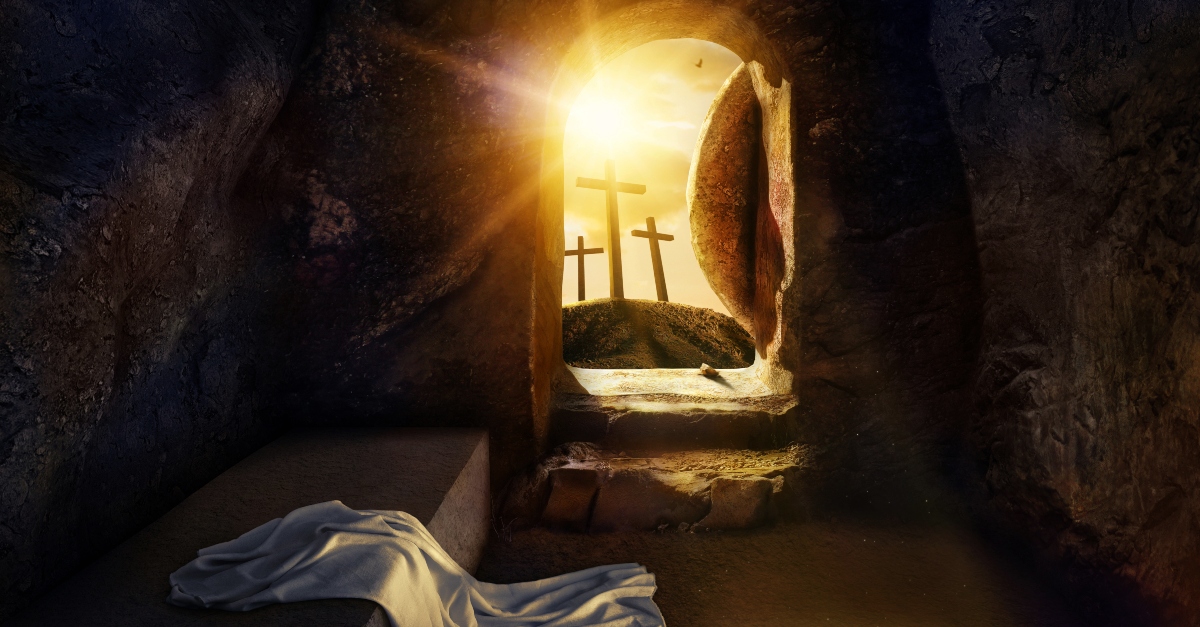

But Osiris was tricked and murdered by his brother Set, who chopped up Osiris’s body and scattered his remains across Egypt. The ancient Egyptians believed that the orderly cycles of nature were controlled by Osiris, the god of agriculture.Īccording to Egyptian mythology, Osiris once ruled the earth alongside his queen Isis, the fertility goddess. They especially relied on the annual spring flooding of the Nile, which fueled the agricultural abundance of the Nile basin. Like Mesopotamia, ancient Egyptian civilization was dependent on the cycles of nature. Relief from the inner sanctum wall of the Temple of isis in Abydos, Egypt, depicting the goddess resurrecting Osiris with the ankh, the Egyptian sign for life Osiris, the Egyptian God of Death of Agriculture The Greeks told the myth of Persephone, kidnapped by Hades, who is allowed to return every spring from the underworld, heralding the return of vegetation and grain production. The Phrygians told the tale of Attis, who was brought back to life on the spring equinox by Cybele, the fertility goddess. In the Babylonian calendar, the resurrection was celebrated during Du'ûzu or “Month of Tammuz,” which fell in late June and early July.Īll across the ancient Near East, later cultures put their own twist on the spring resurrection story. During that time, the world was robbed of all fertility, reproduction and growth.Įvery spring, the stern goddess of the underworld, Allatu, would allow the imprisoned couple to be sprinkled with the Water of Life and return to the world of the living, bringing life and green vegetation back to the earth. For six months of the year, Ishtar traveled to the realm of the dead to rescue her lover. Her lover was Tammuz, a handsome young god who died each winter and passed away to the shadowy underworld. Ishtar was the great mother goddess of Mesopotamia and the source of nature’s fertility and abundance.

In ancient Mesopotamia, one of the first agrarian civilizations, the people turned to divine explanations for these annual cycles of feast and famine. In ancient agrarian societies, the last days of winter marked the end of months of meager subsistence and the long-awaited bounty of the spring and summer. Here are six examples of resurrection stories from ancient cultures around the world, including India, China, Mesoamerica and Norse mythology. “Taken altogether, the coincidences of the Christian with the heathen festivals are too close and too numerous to be accidental,” concluded Frazer. In the ancient Near East, where the Bible was written, stories of divine death and resurrection were closely tied with the agricultural cycle, and Frazer believed that early Christians likely chose a spring date for Easter to coincide with existing pagan festivals for their resurrected gods. Jesus’ resurrection and triumph over death is what Christians celebrate every Easter.īut Christianity isn’t the only ancient faith to worship a deity who dies and then rises again, as the Scottish anthropologist James Frazer explained in The Golden Bough, his landmark 1922 study of world religion and mythology. But after three days in the tomb, it says, Jesus miraculously rose again, appeared to his disciples and ascended to heaven.

According to the New Testament, Jesus Christ was cruelly martyred by the Romans around 33 A.D.


 0 kommentar(er)
0 kommentar(er)
